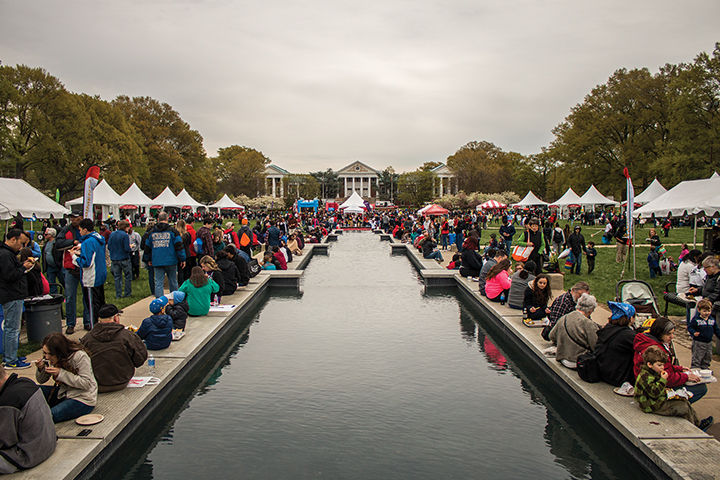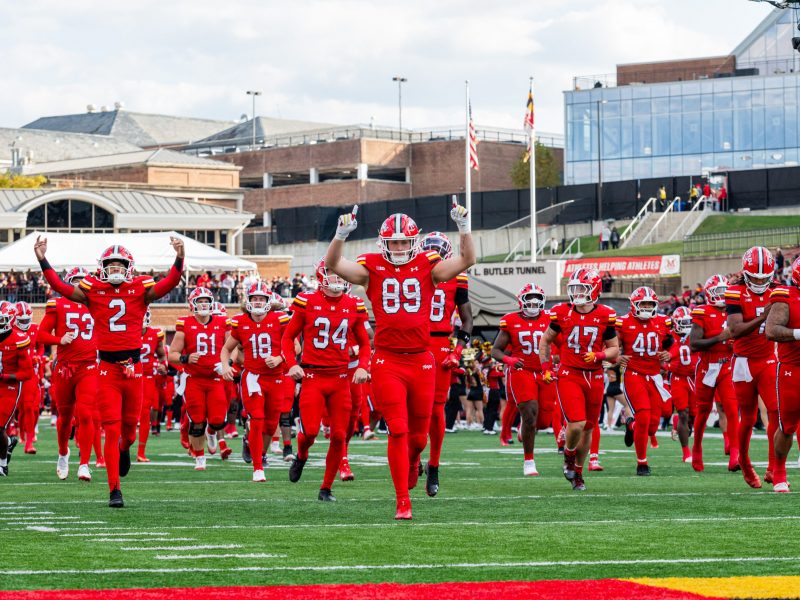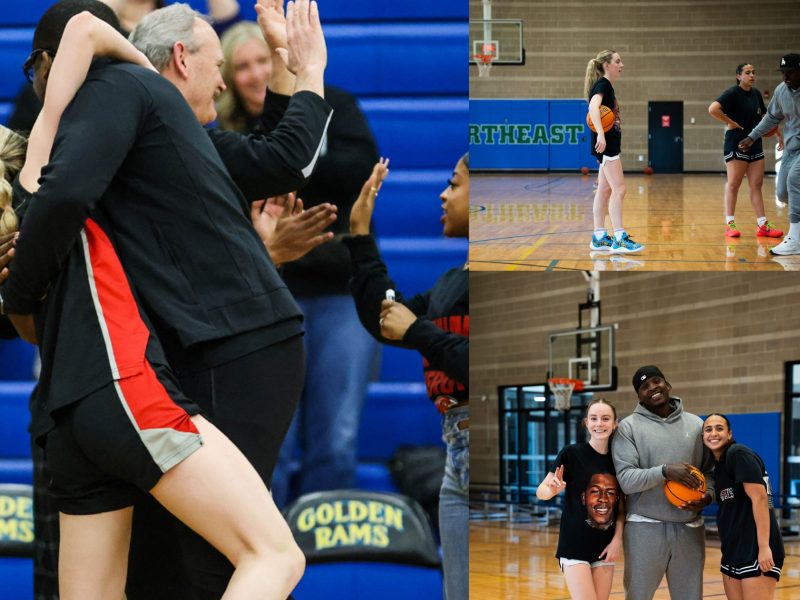
McKeldin Mall in display during the Maryland Day on Saturday, April 25.
We’re approaching 300 mass shootings in the United States so far this year alone. There have been more outbursts of random civilian killings with guns than there have been days in the year. That’s a terrifying thought – but it’s become our American reality.
Because it happened in a school, last week’s rampage at a community college in Oregon – nine dead, plus the gunman – found its way into the national consciousness. The shooting caused a familiar response: President Obama speaking from the White House press room on the need for more gun control, the National Rifle Association not saying much of anything and a lot of people being scared. Wash, rinse, repeat. For the time being, no federal laws will change.
A common lament when something like this happens is: “What if that had happened here?” It’s a chilling thought, but it’s one worth considering. After all, Virginia Tech, Sandy Hook Elementary and Umpqua Community College didn’t plan to play host to deranged killers. No school could.
So, let’s consider it: What would the University of Maryland do if this tragedy did happen here?
From what we can gather, Maryland has a reasonably detailed set of emergency preparedness protocols. For everything from an active shooter to a gas leak to a hostage-taking to a suspicious package sitting on McKeldin Mall, Wallace Loh’s administration has written-out plans. (This isn’t unique to Maryland. Good luck finding a state school that doesn’t.)
According to Maryland’s publicly available documents, here’s what happens if a dangerous person with a gun steps onto our campus with the intent to kill people. First, what the school says you should do is follow a three-step plan of “Run, Hide, Fight.”
Run
- If you can get out, do so
- Always try to escape or evacuate, don’t let others slow you down with indecision
- Getting yourself out of harm’s way is your #1 priority
- Once you’re out of the line of fire, call for help
- Use 911 (Dialing 911 from a campus phone will connect with UMPD.)
- Use (301) 405-3333 to contact UMPD (Emergency Line)
Hide
- If you can’t get out safely, you need to find a place to hide
- Act quickly and quietly
- Try to secure your hiding place as best you can
- Turn out lights and lock doors
- Silence your cell phone
- If you can’t find a safe room or closet, try to conceal yourself behind large objects that may protect you.
- Do your best to remain calm
Fight
- As a last resort, if your life is at risk, whether alone or working together as a group, FIGHT!
- Act with aggression
- Improvise weapons
- Disarm the shooter
- Commit to taking the shooter down, no matter what.
The school says to expect first-responding police officers to arrive in groups, probably in patrol uniforms or maybe wearing bulletproof equipment. They might come armed with rifles, shotguns or handguns, and you should make sure you put down anything you’re carrying and make your hands visible. The first officers on the scene are after the shooter, so they won’t stop to treat the injured. A next wave of responders should be en route to help anyone in need.
What you’ll notice here is that there’s not much in the way of preventing an active shooter in the first place. That’s pretty scary, but don’t blame the university. America has become a place where there’s more than one mass shooting per day. Here’s to hoping one never happens here.



